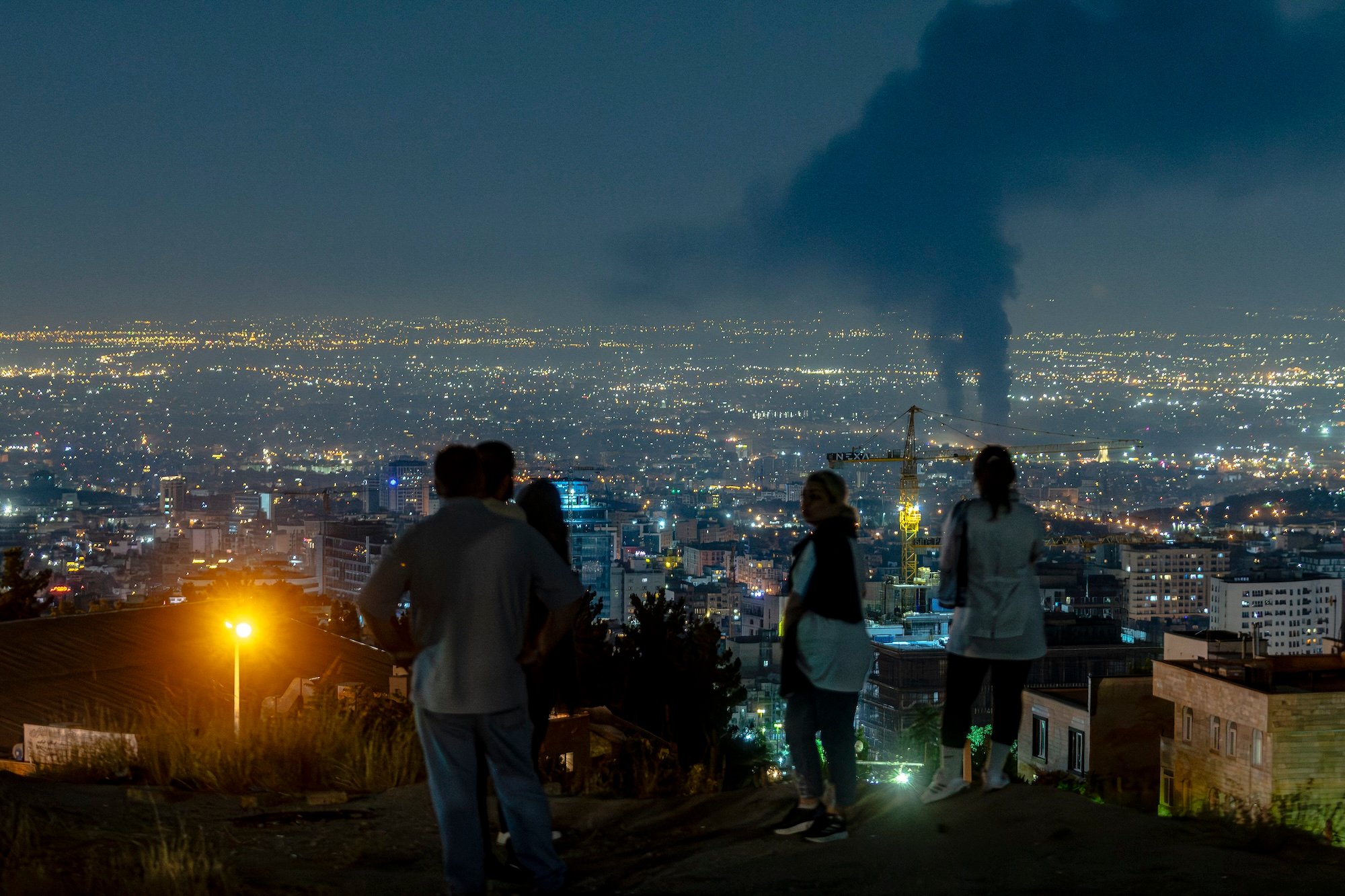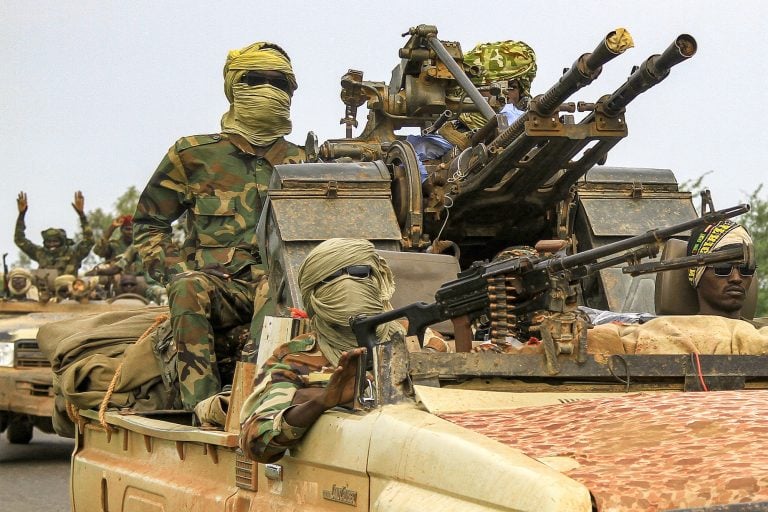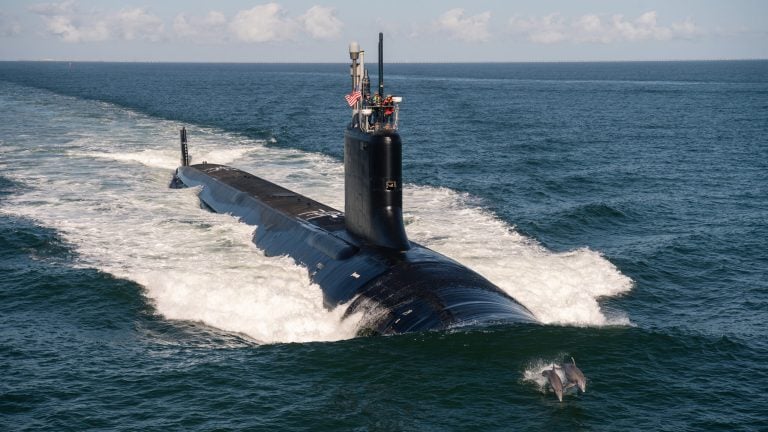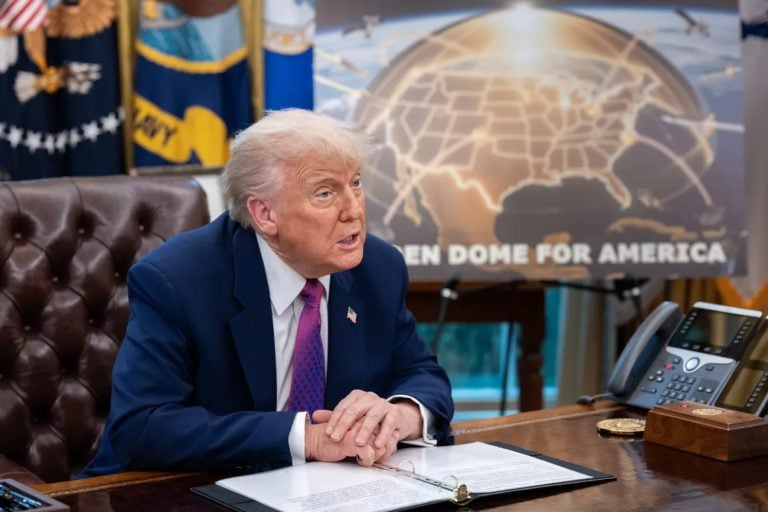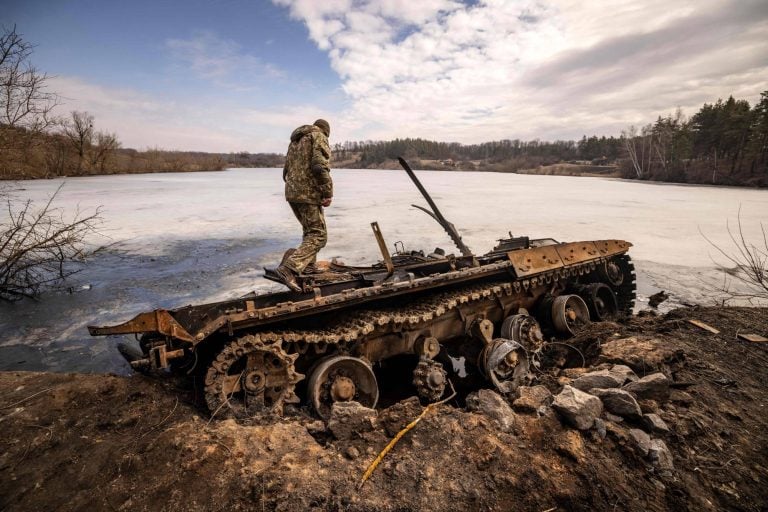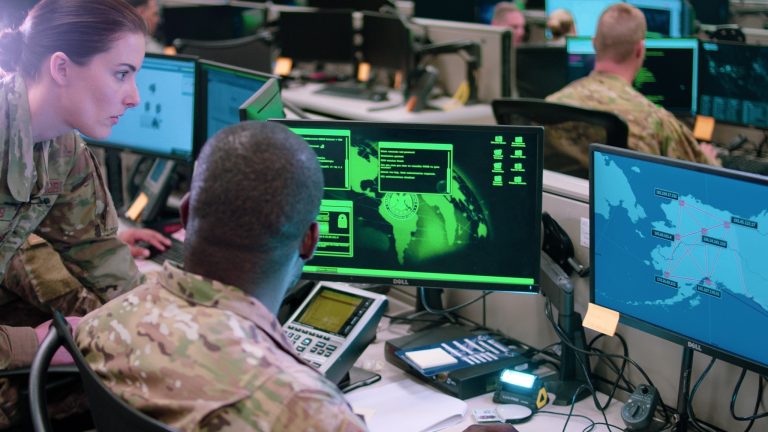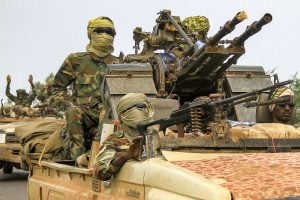In a significant escalation of military tensions in the Middle East, the Israeli military has announced that it has established air superiority over a substantial portion of Iran, including the capital, Tehran. On Saturday, Israeli military spokesman Brigadier General Effie Defrin revealed that around 70 fighter jets had conducted a series of strikes targeting over 40 locations in Tehran overnight. This operation marks a historic moment for the Israeli Air Force, as it is reportedly the first instance of Israeli jets operating freely within such proximity to the Iranian capital.
Defrin emphasized that the air campaign illustrates a new level of operational depth for Israel, stating, “We have created aerial freedom of action from west Iran all the way to Tehran.” He commented that this development signifies a crucial shift in the strategic landscape, declaring, “Tehran is no longer immune.”
The strikes came just two days into Israel’s extensive air campaign against Iran, which authorities claim began after a deliberate assessment of military and nuclear threats posed by Tehran. The Israeli operation has already targeted approximately 200 military and nuclear facilities across the country, claiming the elimination of high-ranking military officials and nuclear scientists among its casualties.
In response to Israel’s actions, Iranian officials announced that at least 78 people had lost their lives and over 320 were injured during the initial wave of aerial bombardments. The Iranian military subsequently retaliated by launching drone and missile attacks aimed at various targets within Israel, resulting in three fatalities and more than 70 injuries, along with significant damage across multiple cities.
This unfolding conflict not only heightens the existing tensions between Israel and Iran but also poses serious implications for broader regional stability. As both nations engage in this cycle of attacks and counterattacks, concerns mount regarding the potential for further escalation and the impact it may have on neighboring countries and global security dynamics.
